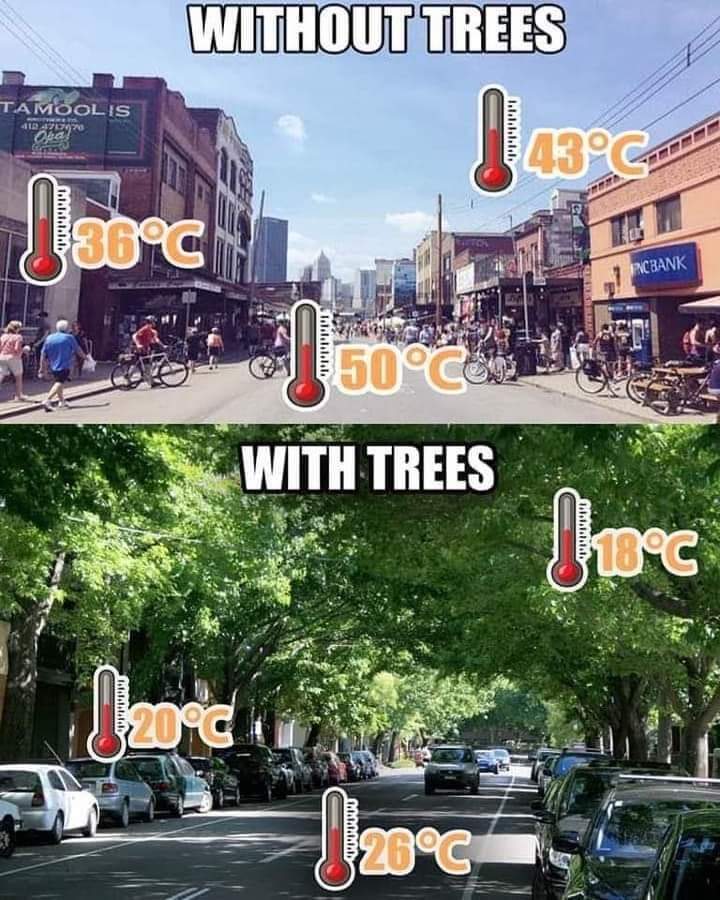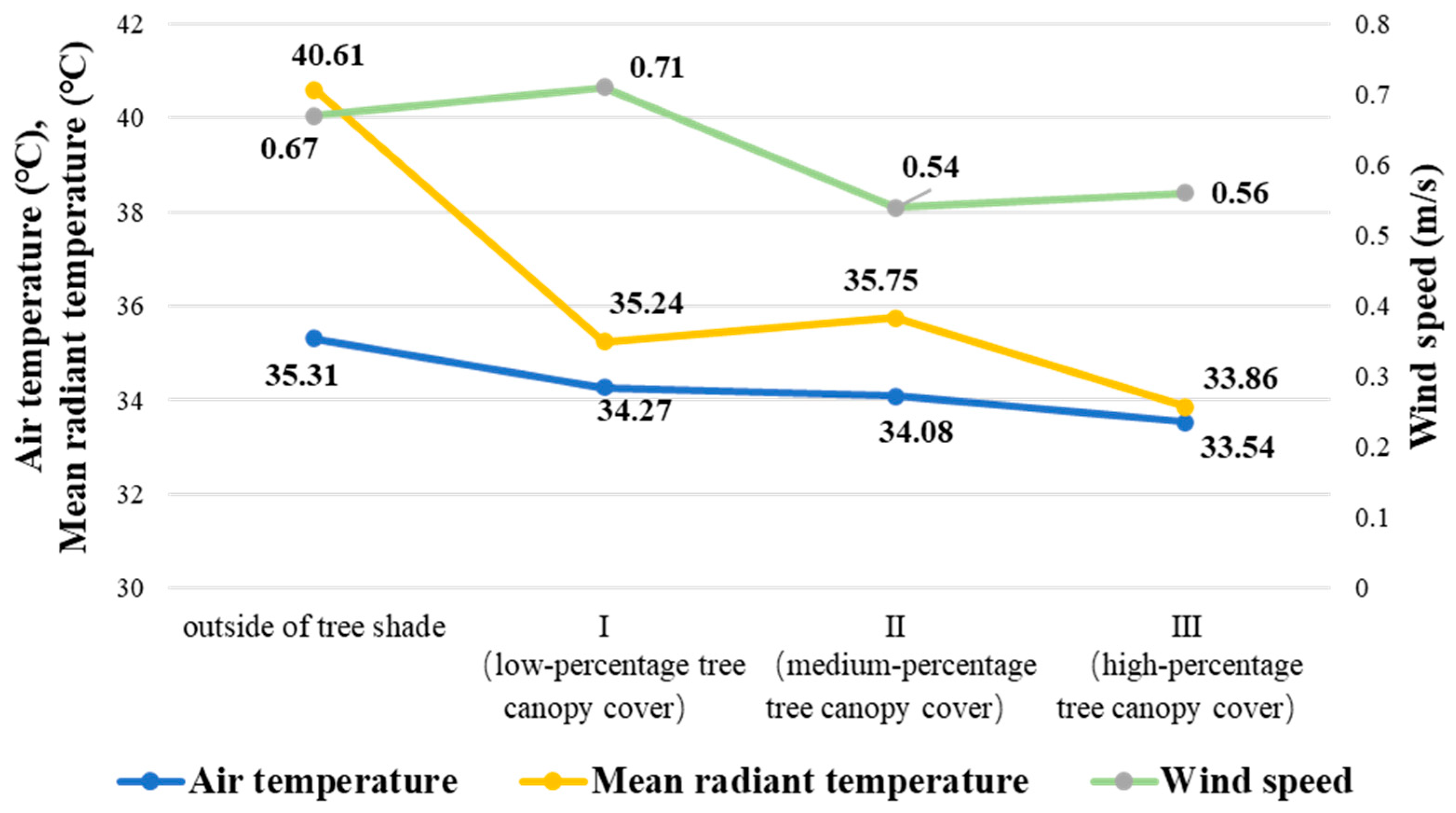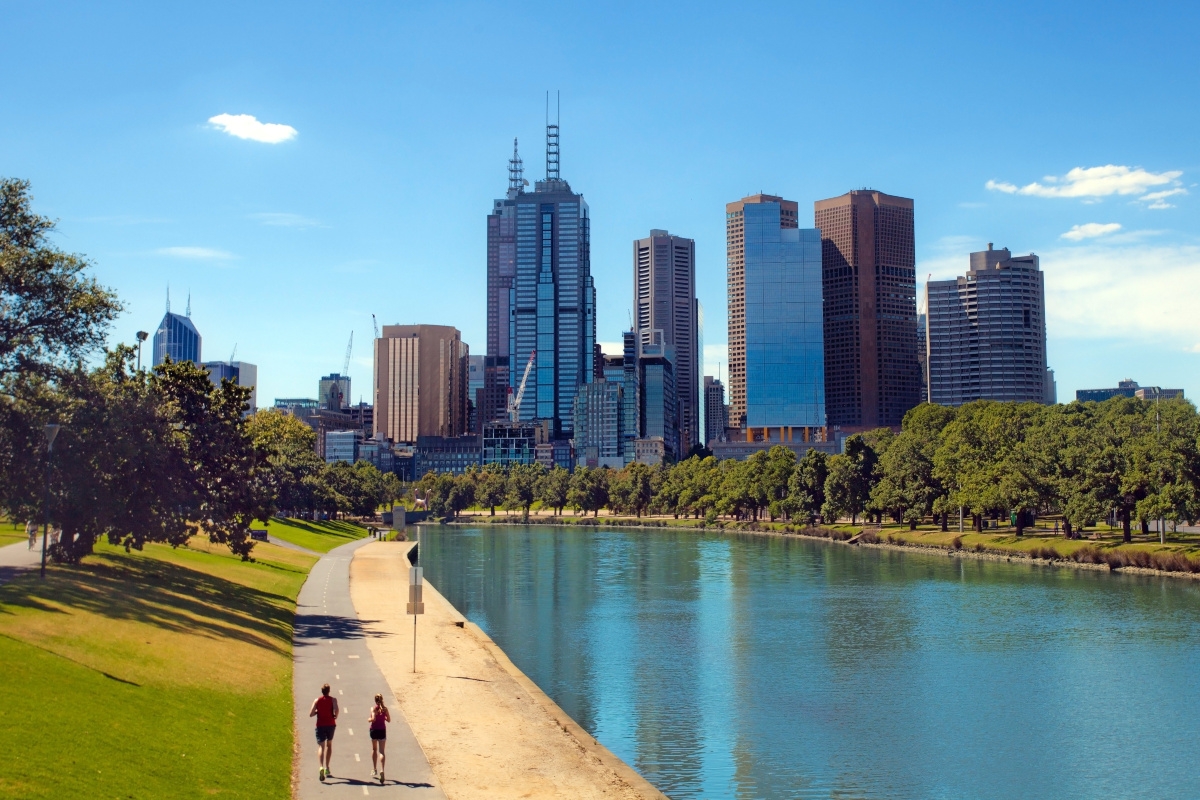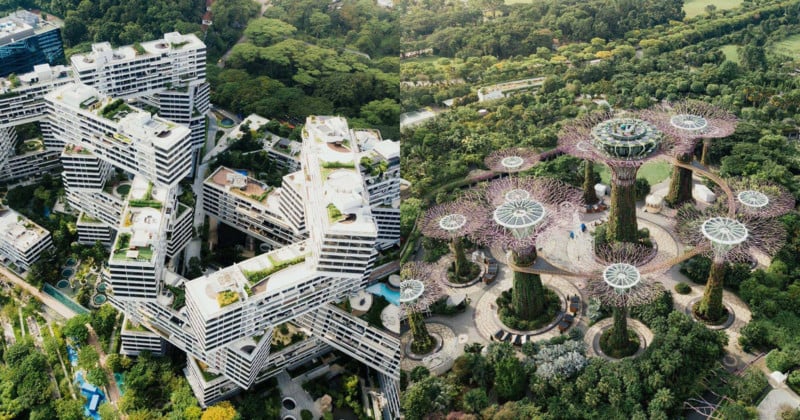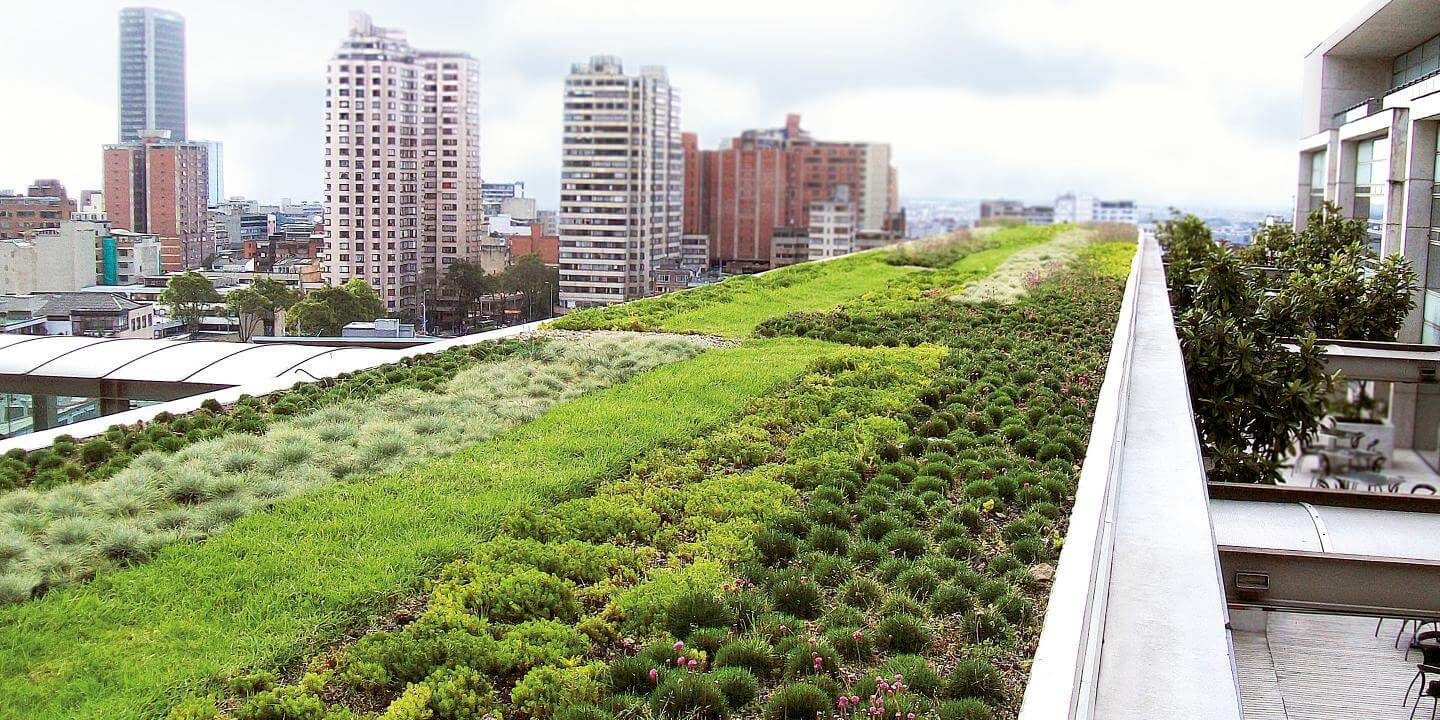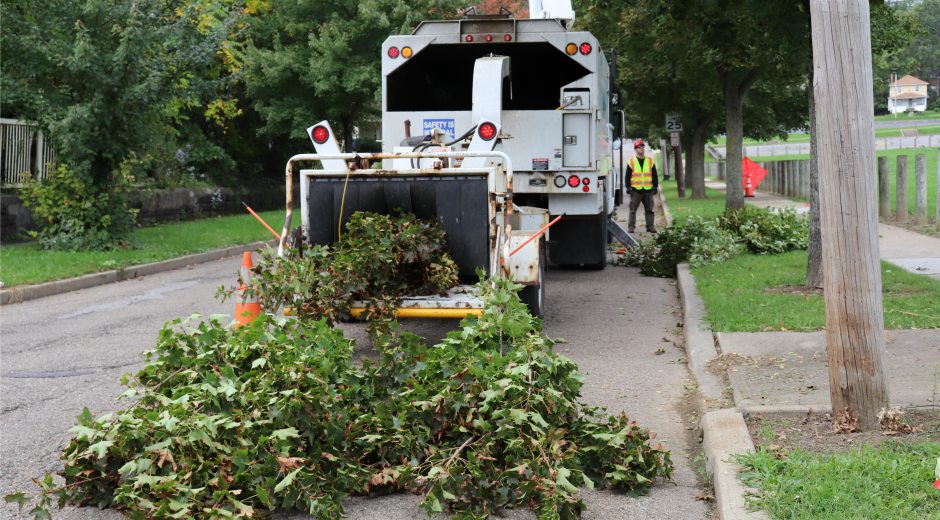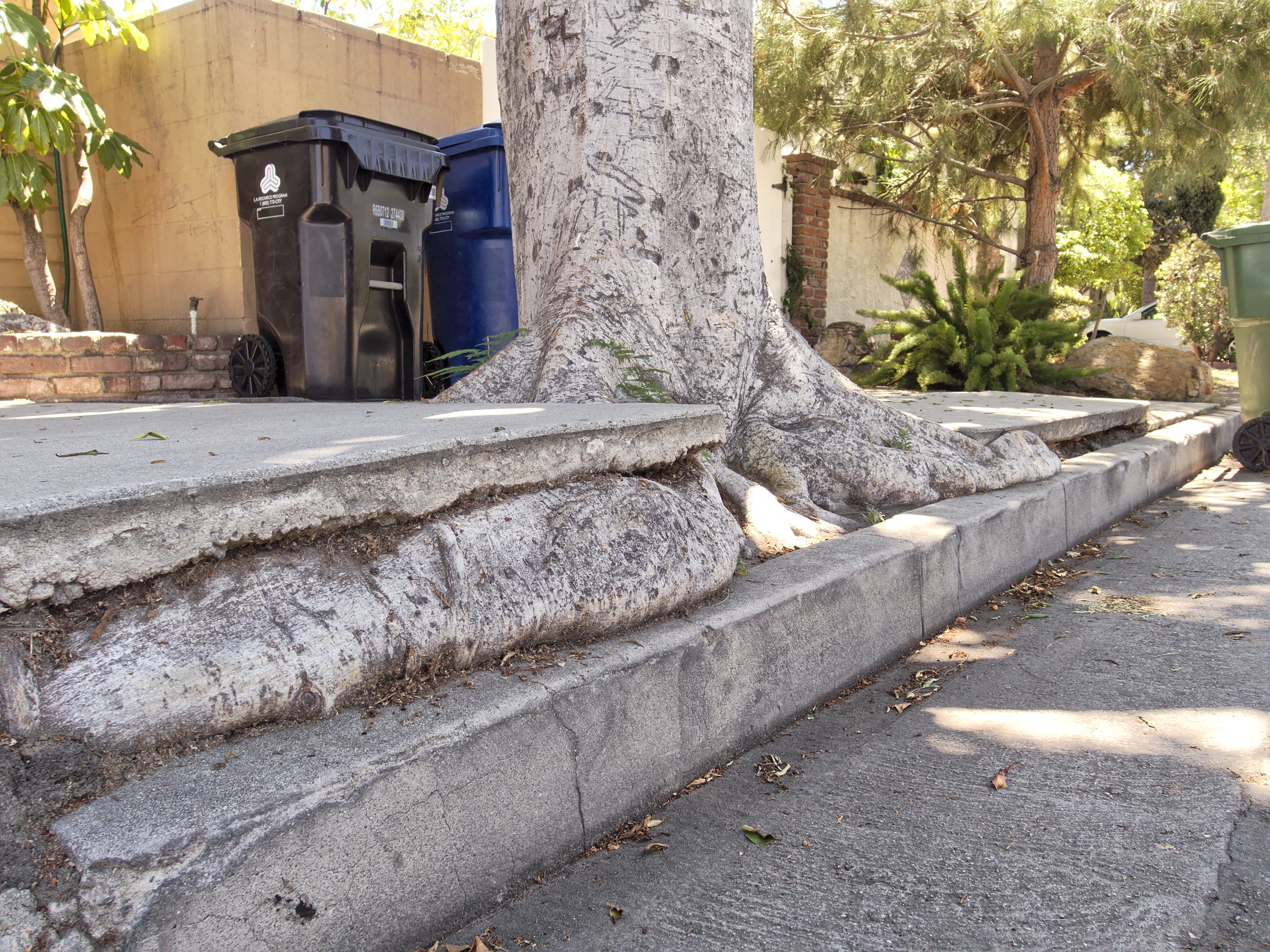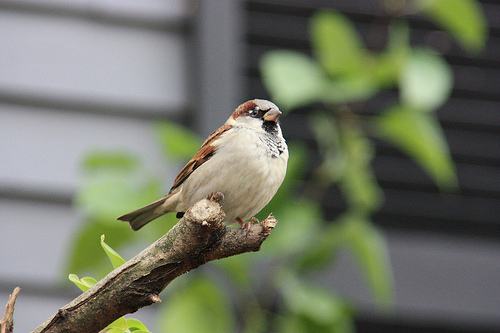Rooted in History, Growing for the Future: The Story of Mebane’s Tree Canopy
Nestled within North Carolina’s Piedmont region, Mebane is a small city with a rich history and a growing population. Known for its charm and quality of life, Mebane is committed to sustainable development that balances growth with environmental stewardship. A key component of this balance is the city’s urban tree canopy, which plays a crucial role in enhancing the city’s livability, managing stormwater, and preserving the natural beauty that residents and visitors alike treasure.

Historical Context
Mebane’s landscape has transformed significantly since its early days. Originally, the area was heavily forested, providing raw materials for industries like the White Furniture Company, which thrived on the abundant local timber. As the city grew, especially after the arrival of the railroad in 1855, urban development began to replace these forests with homes, businesses, and infrastructure. This shift from a predominantly natural landscape to an urban one has had profound effects on Mebane’s tree canopy.
The city’s growth, particularly over the last century, has led to a reduction in its urban forest. The establishment of industries and the subsequent demand for housing and commercial spaces resulted in significant land conversion. Today, while Mebane maintains a relatively healthy tree canopy, the pressures of development continue to threaten this vital resource.
Current State of Mebane’s Tree Canopy
As of the most recent analysis, Mebane boasts a tree canopy that covers 38.7% of its area. This is a substantial figure, especially when compared to many other urban areas across the country, but it’s a number that requires careful attention to maintain, particularly as the city continues to grow.
The benefits of this canopy are vast. Trees in Mebane contribute to stormwater management by intercepting rainfall, reducing runoff, and filtering pollutants. This natural process helps protect local waterways from sedimentation and chemical pollution, which are common in urban areas. Furthermore, trees provide essential ecosystem services such as air purification, temperature regulation, and carbon sequestration. They also enhance property values, improve aesthetic appeal, and contribute to the overall quality of life in the city.
Certain areas of Mebane, particularly its downtown and some residential neighborhoods, have less canopy coverage than others. For instance, the central business district has only 24% canopy coverage, despite the potential for 23% more area to be planted. Addressing these disparities is crucial for ensuring that all parts of the city benefit from the advantages that trees provide.
Challenges Facing Mebane’s Urban Forest
Despite the benefits, Mebane’s urban forest faces several challenges. Like many cities in the southern United States, Mebane is experiencing a decline in its tree population. This decline is driven by a combination of factors, including ongoing urban development, storm damage, aging trees, and insufficient replacement planting. Additionally, the impact of severe weather events, such as hurricanes, can lead to significant tree loss in a short period.

The loss of trees has many negative consequences. Reduced canopy coverage can lead to increased stormwater runoff, which in turn exacerbates flooding risks and contributes to the degradation of local water quality. Moreover, the loss of mature trees diminishes the city’s ability to mitigate the urban heat island effect, leading to hotter temperatures, which can negatively impact public health and comfort.
Opportunities for Canopy Expansion
Despite these challenges, there are significant opportunities to expand Mebane’s tree canopy. Recent studies have identified numerous areas within the city that are suitable for additional tree planting. These Possible Planting Areas (PPAs) represent untapped potential for increasing the city’s green infrastructure.
Expanding the canopy in these areas would provide multiple benefits. Increased tree cover would further reduce stormwater runoff, improve air quality, and enhance the city’s visual appeal. Additionally, more trees could help cool the city during the hot summer months, provide habitat for wildlife, and increase property values in both residential and commercial areas.
One of the key findings of recent analyses is that a modest increase in tree planting could result in a significant reduction in stormwater runoff. For example, if Mebane were to plant trees in half of the available PPA, it could reduce runoff by millions of gallons during a major storm event. This not only highlights the environmental benefits but also the potential cost savings in terms of reduced infrastructure stress and flood mitigation.
Strategic Recommendations
To safeguard and expand its urban forest, Mebane should consider several strategic actions:
Policy and Planning:
- The city should review and update its codes and ordinances to better protect existing trees and encourage new plantings. By adopting policies that prioritize tree conservation, Mebane can ensure that its canopy remains robust even as the city grows.
- Becoming a Tree City USA would provide Mebane with additional resources and support for managing its urban forest. This designation, awarded by the Arbor Day Foundation, would also demonstrate the city’s commitment to sustainable urban forestry practices.
Community Involvement and Education:
- Engaging the community in tree planting and care is essential for maintaining the city’s canopy. Educational programs that highlight the importance of trees can foster a sense of ownership and responsibility among residents.
- Initiatives like neighborhood tree-planting days or partnerships with local schools and businesses can help increase canopy coverage while building community ties.
Long-term Urban Forest Management:
- Developing a comprehensive Urban Forest Management Plan would provide a roadmap for the sustainable management of Mebane’s trees. This plan should include provisions for regular monitoring, maintenance, and replacement of trees as they age or are lost to storms.
- Mebane should also consider conducting a land cover assessment every four years to track changes in canopy coverage and identify areas where intervention may be needed.
In Closing
Mebane’s tree canopy is a vital asset that contributes to the city’s charm, environmental health, and overall quality of life. Preserving and expanding this canopy is not just an environmental priority but a community one as well. By implementing thoughtful policies, engaging the community, and planning for the future, Mebane can ensure that its urban forest continues to thrive, providing benefits for generations to come.
As the city grows, so too should its commitment to green infrastructure. In doing so, Mebane will not only protect its natural heritage but also enhance the well-being of its residents and the sustainability of its urban environment.
Mebane’s Tree Canopy: “The Urban Forest of Mebane, NC,” Green Infrastructure Center. Provides details on the city’s tree canopy and its benefits. Link
Why Trees Matter: “Resilience Benefits of Trees,” NC Resilience Exchange. Explains how trees reduce heat and improve air quality. Link
Managing Urban Trees: “Urban and Community Forestry Program,” NC Forest Service. Offers tips on caring for urban forests. Link
Tree Advocacy: “North Carolina Urban Forest Council,” NCUFC. Encourages community involvement in tree planting. Link





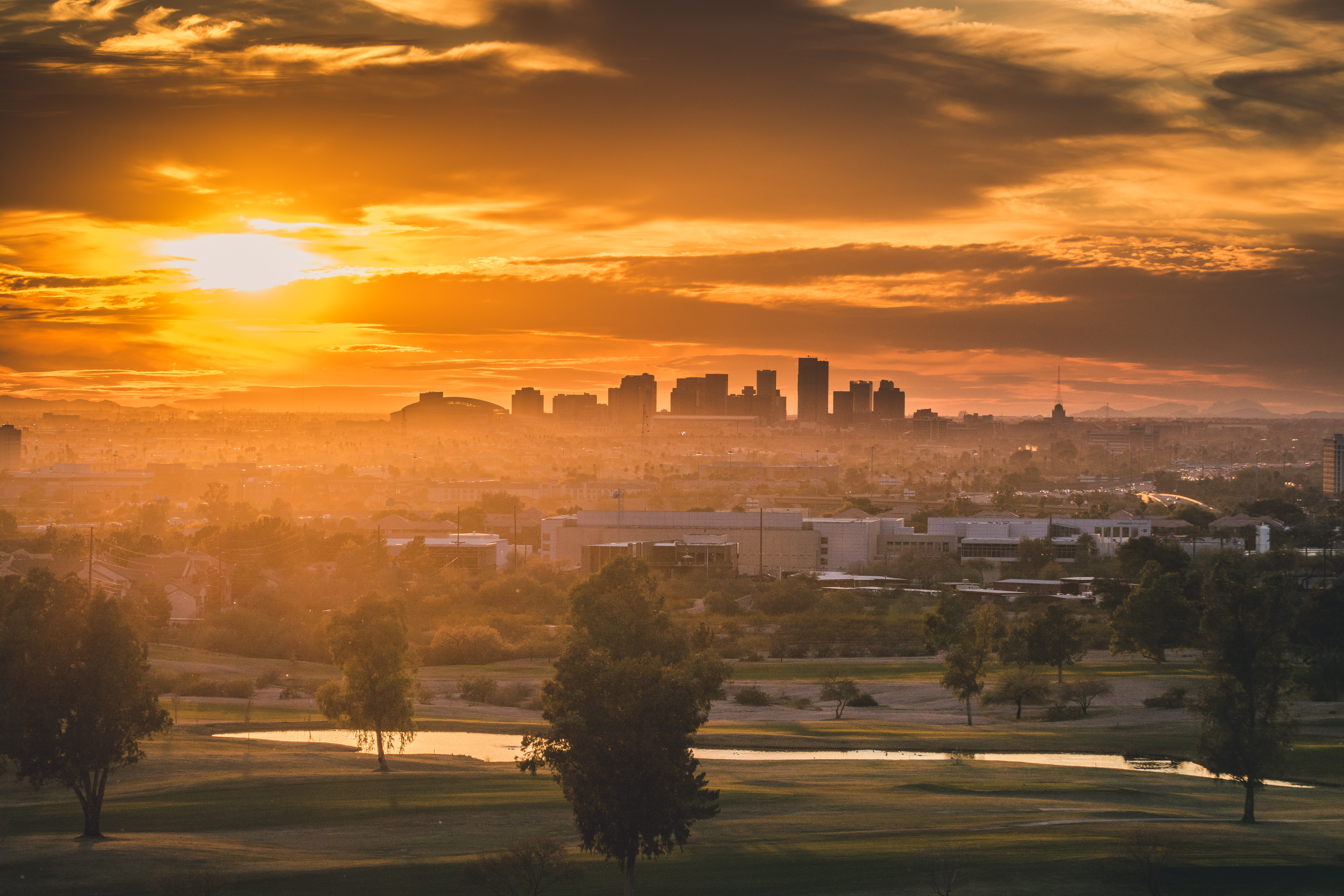
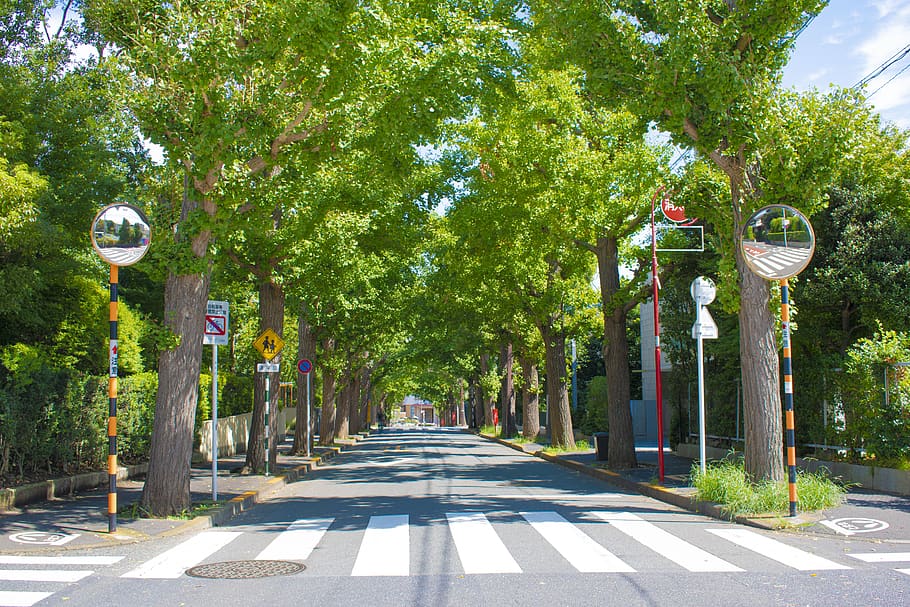


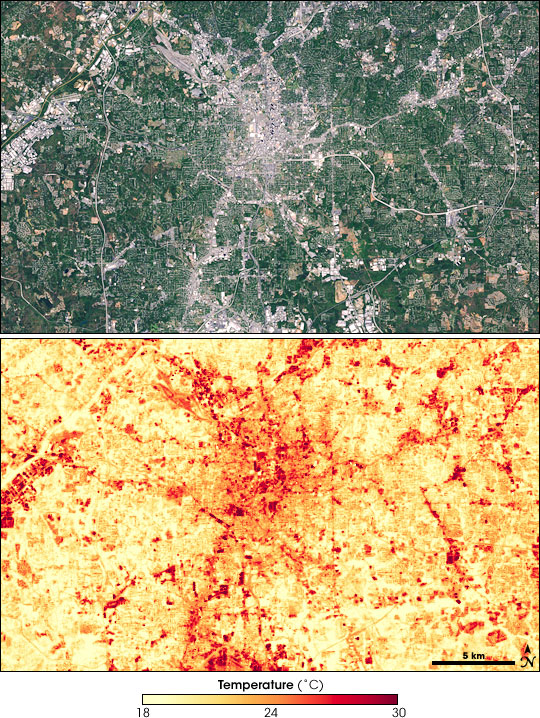
:format(webp)/cdn.vox-cdn.com/uploads/chorus_image/image/56814733/shutterstock_262710809.13.jpg)

